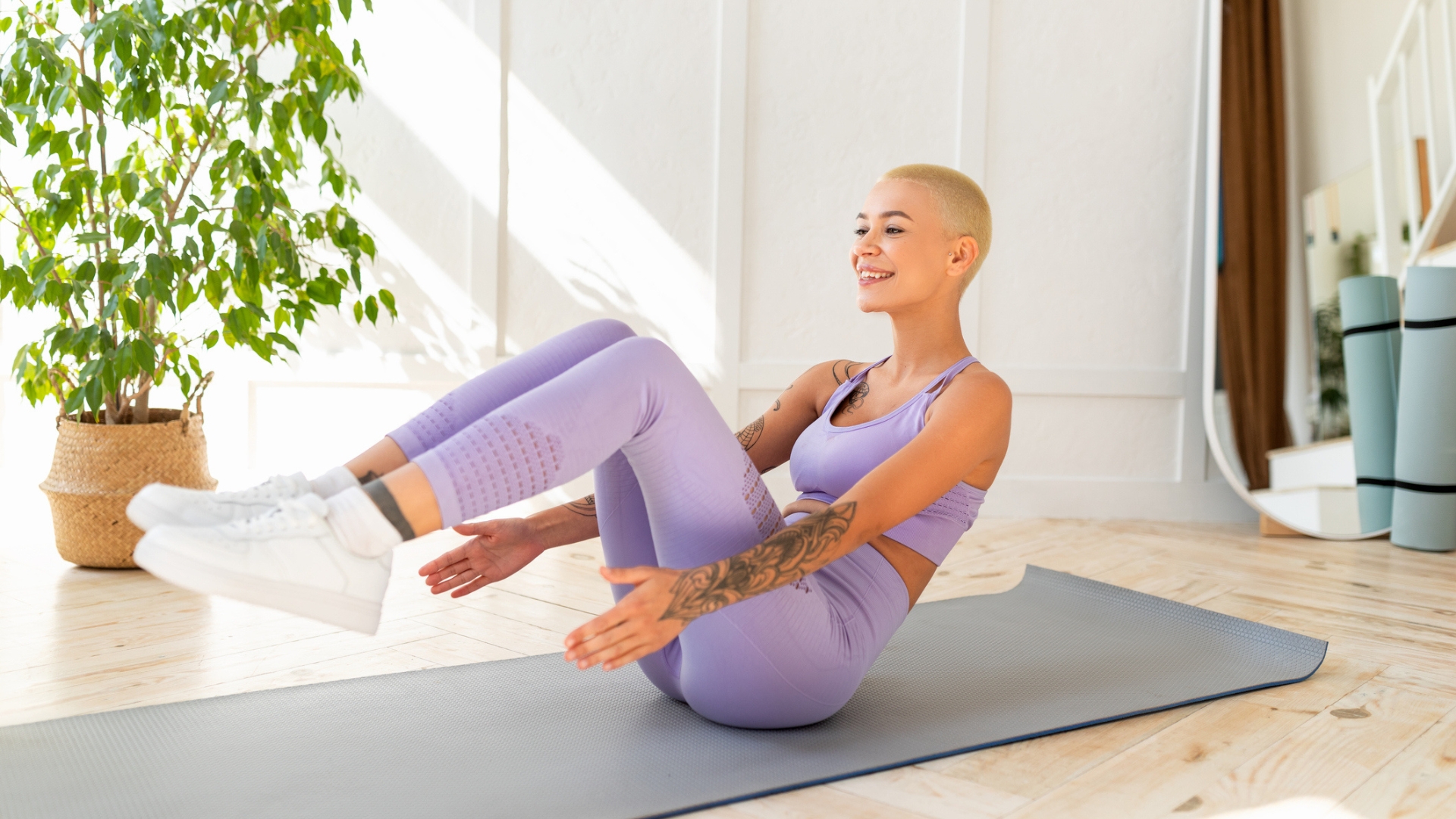
If you've ever done Pilates, you've probably heard the instructor telling you to engage your core, but what does that really mean?
The core refers to the muscles located in and around your midsection that help to stabilize the spine and body. It's often confused with the abdominal muscles, but the abs are only one part of this muscle group. The core also includes the obliques, pelvis, lower back and hip flexors (if you'd like to see a complete list, read our explanation of what are the core muscles).
According to Lottie Anderson, founder of Pilates platform and studio Bondi Rise, core activation is crucial for getting the most out of Pilates. Anderson recently launched a two-week beginner's Pilates program and told me that being able to engage your core is the one thing she encourages beginners to master early on.
"Knowing how to activate your core helps to center the whole body," says Anderson. "It also helps with alignment and posture."
How to activate your core
"My biggest tip for engaging your core is to place your hands on your ribcage, take a big breath in through the nose and as you exhale, imagine your ribcage drawing together and down towards your hip bone," says Anderson. "That feeling of pulling the ribs down towards the hips naturally draws your belly button towards your spine, which starts to activate the core."
Anderson also has a more unconventional tip: "Imagine you're desperate to go to the bathroom and holding it in. This creates a lift and pulls the ribs together, which will activate your core," says Anderson.
Focusing on your breath can also help. "Think about engaging the core every time you exhale," says Anderson.
Try these exercises before your Pilates practice and continue them throughout the workout. It might feel strange at first, but eventually it will become second nature. "Consistency is key," says Anderson.
The benefits of core activation in Pilates
One of the main benefits of mastering core engagement is that it strengthens your core muscles during your entire workout, even when you're not doing core exercises like the crunch or plank.
Additionally, engaging your core improves your form and ensures you're in the correct position throughout your workout.
"When you engage your core, suddenly you feel the muscles you're supposed to be working much more because your alignment is correct," says Anderson.







